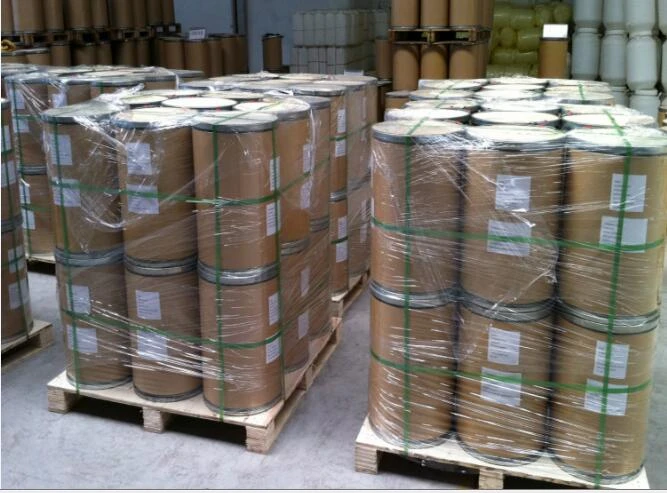The Versatile Role of Ammonium Thiocyanate in Industry and Research
Ammonium thiocyanate, a chemical compound with the formula NH4SCN, is a white crystalline salt that has garnered significant attention in various fields, including industry, research, and even agriculture. With its unique properties and versatile applications, ammonium thiocyanate serves as a valuable component in many processes, highlighting its importance in both practical and theoretical contexts.
Properties and Characteristics
Ammonium thiocyanate is known for its solubility in water, forming a clear solution that exhibits specific ion characteristics. It is a salt resulting from the reaction of ammonia with thiocyanic acid or from the combination of ammonium sulfate and sodium thiocyanate. The compound is characterized by its ability to dissociate into ammonium ions (NH4+) and thiocyanate ions (SCN−) in solution. This dissociation is crucial for its reactivity and utility in different applications.
One of the most notable properties of ammonium thiocyanate is its ability to act as a reducing agent. This property allows it to participate in various chemical reactions, making it a valuable reagent in laboratory settings. Additionally, ammonium thiocyanate is hygroscopic, meaning it can absorb moisture from the environment, which can be advantageous or disadvantageous depending on its application.
Applications in Industry
In industrial settings, ammonium thiocyanate is primarily used in the production of fertilizers. The thiocyanate ion contains sulfur, which is essential for plant growth. By incorporating ammonium thiocyanate into fertilizers, agricultural producers can enhance soil quality and support plant development. This makes it an important compound in the agriculture sector, particularly in regions where sulfur deficiency is common.
Moreover, ammonium thiocyanate is widely utilized in the extraction of precious metals, such as gold and silver. In the metallurgy industry, it serves as a complexing agent that aids in the leaching process, where metals are dissolved from ores for further refining. This application not only boosts the efficiency of metal extraction but also plays a significant role in reducing the environmental impact of mining operations.
Another key industrial application of ammonium thiocyanate lies in the production of pharmaceuticals. Its role as a precursor in synthesizing various medicinal compounds exemplifies its importance in the pharmaceutical industry. Research has shown that ammonium thiocyanate can contribute to the production of active pharmaceutical ingredients, showcasing its versatility in chemical synthesis.
ammonium thio

Research Implications
In the field of scientific research, ammonium thiocyanate has attracted attention for its unique properties and reactions. It is often employed in the study of coordination chemistry, where researchers explore the formation of complexes between metals and thiocyanate ions. These complexes have implications in catalysis and material science, providing insights into the fundamental principles that govern chemical interactions.
Furthermore, ammonium thiocyanate is utilized in studying thermodynamic properties in solution chemistry. Researchers have investigated its effects on dissolution processes and its role in equilibria involving various ions. This exploration helps to advance the understanding of solute-solvent interactions, which is crucial for developing new materials and improving existing chemical processes.
Safety and Environmental Considerations
While ammonium thiocyanate is a valuable compound, it is essential to handle it with care. The substance can release toxic gases such as hydrogen cyanide when exposed to strong acids or when decomposed at high temperatures. Therefore, appropriate safety measures must be observed in both industrial and laboratory environments, including the use of personal protective equipment and adequate ventilation systems.
Moreover, environmental considerations related to the use of ammonium thiocyanate require attention. Its applications in agriculture and metallurgy may lead to potential contamination of soil and water sources if not managed properly. As such, ongoing research into safer and more sustainable alternatives is necessary to mitigate any adverse effects associated with its use.
Conclusion
Ammonium thiocyanate stands as a multifaceted compound with significant implications across various sectors. From its role in agriculture to its applications in metallurgy and pharmaceuticals, the compound showcases a range of properties that make it invaluable in both industry and research. As science continues to evolve, the exploration of ammonium thiocyanate will likely lead to new discoveries that enhance its usefulness while also prioritizing safety and environmental sustainability.

